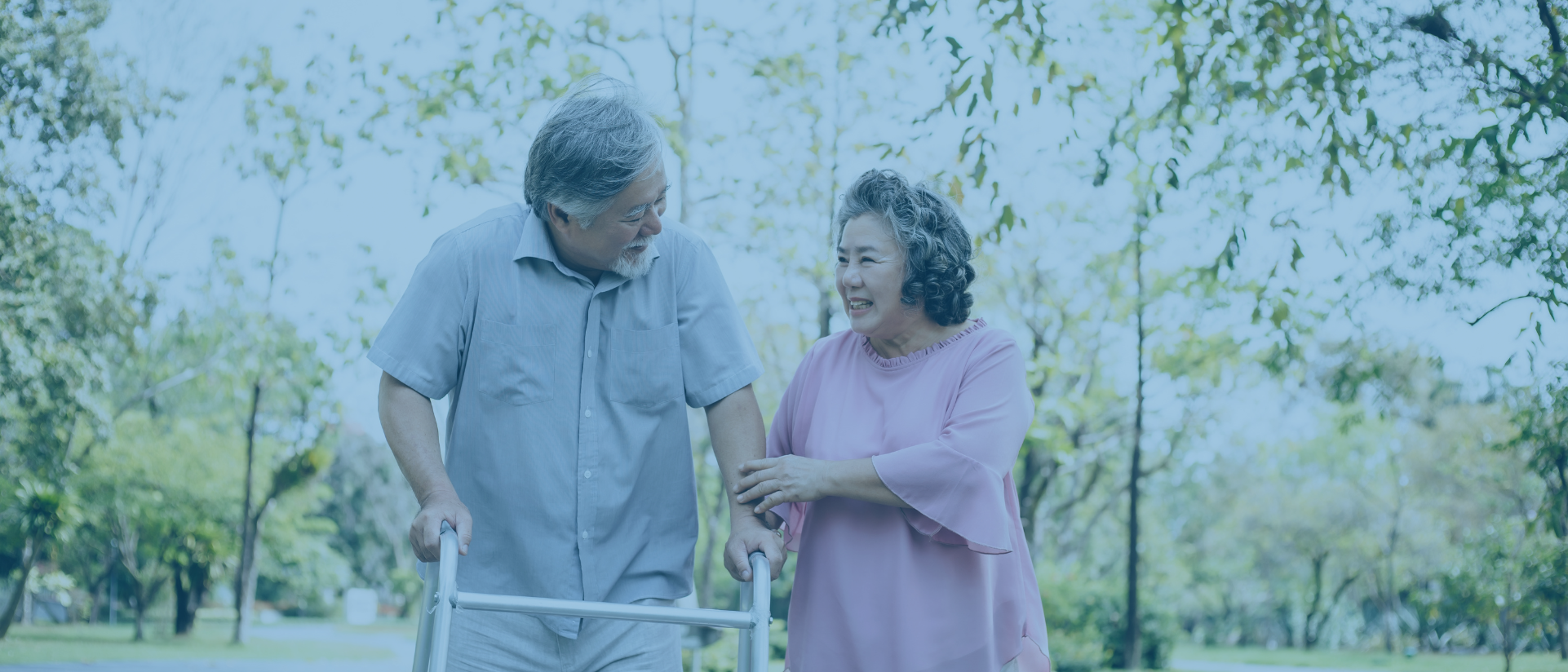Fall Prevention and Living with Limited Mobility
Falls are one of the most significant risks older adults face, particularly those with limited mobility. Beyond the physical injuries, a fall can deeply impact a person’s confidence and independence. For individuals navigating life with mobility challenges, prevention is key. By integrating the right habits, tools, and strategies, you can significantly reduce the risk of falls while maintaining comfort and dignity.
Understanding Why Falls Happen
Falls often result from a combination of factors rather than a single cause. Aging naturally changes our bodies, impacting balance, strength, and coordination. Additionally, certain health conditions or medications can heighten the risks. Here are some challenges that may increase the likelihood of falls:
Mobility or Strength Limitations
Weakened muscles and joints can make it harder to move confidently, especially when navigating stairs, uneven surfaces, or transferring from a sitting to a standing position.
Balance Issues
Conditions like diabetes, nerve problems, low blood pressure, or side effects from medications can cause dizziness or unsteadiness.
Environmental Hazards
Everyday surroundings like slippery tiles, loose area rugs, or poor lighting can turn into potential fall risks, particularly for someone with limited mobility.
By understanding these risk factors, caregivers and individuals can take proactive measures to create safer environments and routines.
Strategies to Prevent Falls at Home
Creating a fall-safe home is one of the most effective ways to prevent injuries. Small adjustments can make a big difference when it comes to safety and confidence.
Keep Pathways Clear
Clutter in walkways or hallways can be hazardous, especially for those relying on assistive devices like canes or walkers. Make sure floors are free of electrical cords, books, and other stray items.
Use storage bins or shelves to keep items neatly organized. If mobility is limited, ensure frequently used items are easily accessible without overreaching.
Add Non-Slip Surfaces
Slippery floors, especially in the kitchen, bathroom, and entryways, can be particularly dangerous.
Place non-slip mats in these high-risk areas. Consider adhesive-backed traction strips for steps or slippery surfaces. Investing in a durable bathmat can also make getting in and out of the shower safer.
Brighten Up the Space
Low lighting increases the risk of trips and stumbles, especially during nighttime bathroom trips or when moving around unfamiliar spaces.
Install brighter lightbulbs or motion-activated nightlights in key areas, such as hallways and staircases. Table lamps or bedside lights with easy-to-reach switches can also provide added convenience.
Use Assistive Equipment
Durable medical equipment can be life-changing when it comes to fall prevention. For those who need extra support, these tools are a great starting point:
Grab Bars and Handrails
Installing grab bars in the bathrooms near the toilet and shower can provide much-needed stability. Handrails on both sides of stairs or ramps add further security.
Shower Chairs and Handheld Showerheads
A shower chair provides comfort for those who find balance challenging in slippery, wet environments. Pair it with a handheld showerhead for maximum ease.
Walkers and Canes
These essential tools help steady your stride and reduce the risk of falling on uneven terrains or while navigating stairs. Many models are lightweight and adjustable for comfort.
Staying Active to Build Strength and Balance
Regular movement and exercise play a vital role in fall prevention. Physical activity helps maintain muscle strength, improve balance, and boost overall flexibility.
If mobility is limited, low-impact exercises can still make a huge difference. Seated stretches, gentle yoga, or water aerobics are great options that accommodate various mobility levels.
Make sure to speak with a healthcare provider before starting a new exercise regimen to ensure it aligns with your abilities and health conditions.
Safer Bathroom Habits
Bathrooms can be one of the most hazardous places in the home when it comes to falls. With smooth surfaces, water, and limited space, they pose unique challenges. Preventative measures can significantly minimize risks:
- Keep a shower chair handy for bathing.
- Use a raised toilet seat to make sitting and standing easier.
- Install a handheld showerhead to reduce the need for bending or twisting while washing.
These simple additions make daily bathroom tasks safer and more manageable without compromising privacy or independence.
Seek Support When Needed
Independence is important, but seeking help when needed is just as crucial to maintaining safety and health. Family members, friends, or even professional caregivers can assist in managing household tasks, reducing the risk of dangerous overexertion. Collaborating with others also gives peace of mind, knowing someone is there to help.
Most importantly, consider consulting your healthcare provider to determine if specialized durable medical equipment might work for your unique mobility needs. A little foresight and the right tools can prevent injury and support long-term well-being.
Fall Prevention Means Peace of Mind
By taking a thoughtful approach to safety, from organizing your home to using the right tools, you can reduce fall risks significantly. Whether it’s adding grab bars, improving lighting, or incorporating gentle exercises, every small step contributes to greater independence and confidence.
Fall prevention is a team effort. By leaning on your community, family, and medical professionals, you can create a supportive environment where aging gracefully and safely becomes a shared accomplishment. Contact Triton today to learn how our supplies can support your independence.

